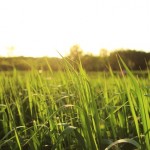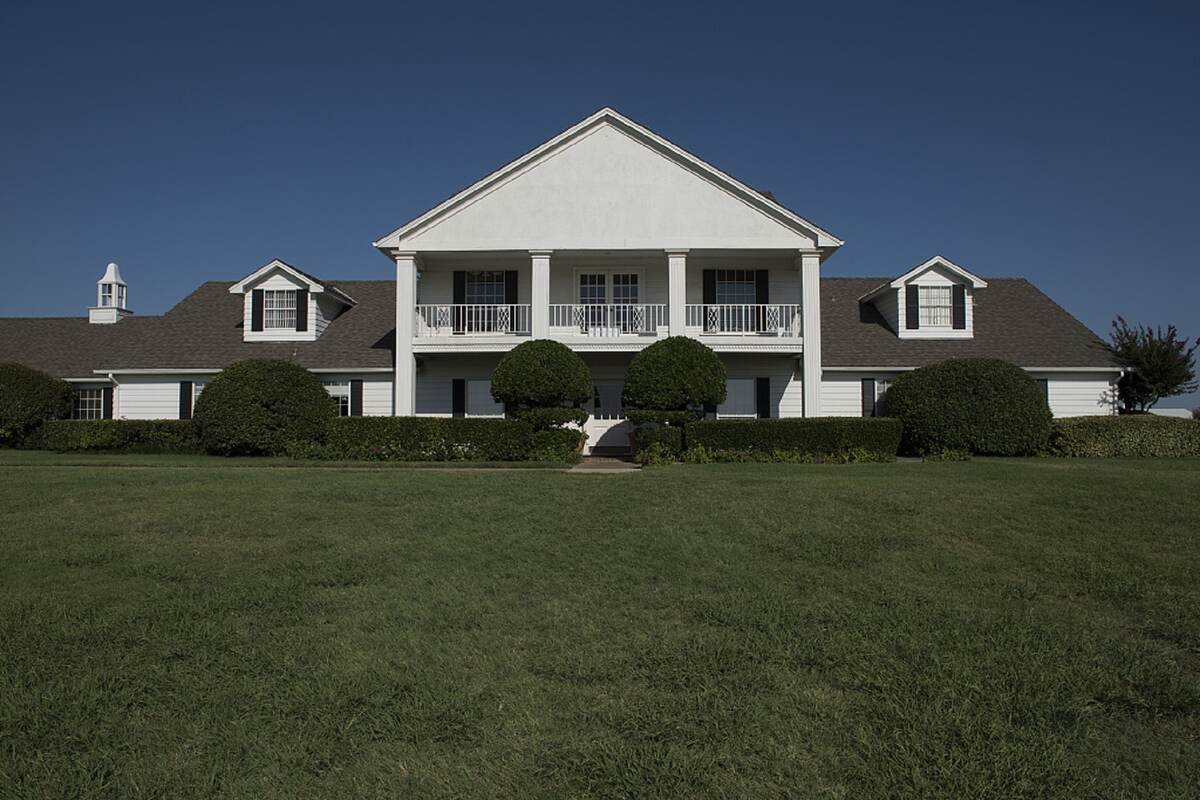
The likelihood of a drought increasing with the approach of summer is approximately fifty-fifty, and it’s better to be ready for it than to be caught off guard. Since the Dallas area suffers high temperatures regularly, attentive lawn care during summer is essential. You can take the following effective measures to ensure your lawn survives the Dallas summer heat.
1. Aeration
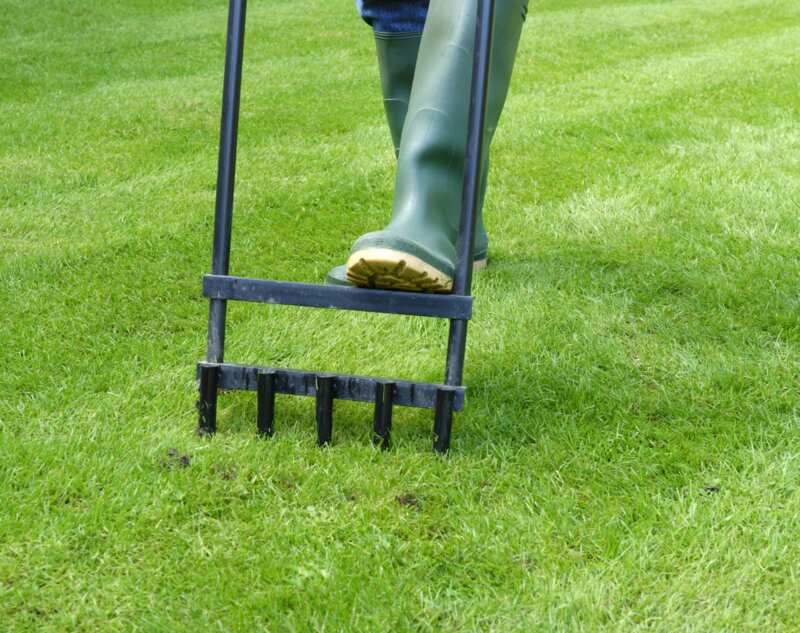
Clay soil is unusual in the United States but can be found in North Texas. Since clay soil is naturally dense, aeration can loosen it up, allowing water, air, and essential nutrients to reach your grass’s roots. Aerating the lawn twice a year allows your grass to grow strong with a deep root system. Deep roots make it possible for grass to survive heat and drought.
It’s best to aerate your lawn before or after summer when temperatures are cooler in spring and fall. Aerating in the midst of summer heat could put a lot of stress on the grass, especially if you have a cool-season grass like tall fescue.
2. Choose the Right Grass
Homeowners should start by planting one of the best grass types for Dallas, all of which should do well in the summer months. Some grasses look nice, but they can’t take the Texas heat and require a lot of water. Grass types that will stay green throughout the Dallas summer heat include:
- Bermudagrass
- Buffalograss
- Centipedegrass
- St. Augustinegrass
- Zoysiagrass
3. Lawn Diseases and Weed Control
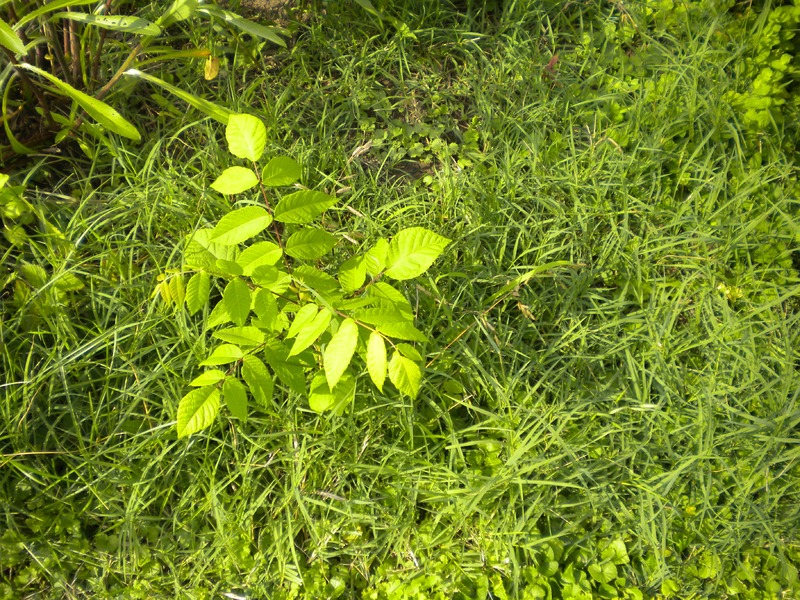
Weeds and turfgrass diseases are symptoms of a larger problem with your lawn maintenance. They thrive in acidic soils deficient in nitrogen and thin turf areas. In addition to encouraging the growth of pests and lawn diseases, weeds may devastate the lawn by depriving it of essential nutrients, water, and sunlight.
Keep up with regular mowing, watering, and lawn fertilization, so weeds and diseases will have no chance to compete with your grass. Chemical treatments and manual weeding are effective methods for maintaining a weed-free lawn during summer.
4. Watering
Remember Dallas’s watering restrictions as you create a watering schedule for your Dallas lawn. Due to the length and intensity of the summer in Texas, even the most drought-resistant grass species will require occasional irrigation. Homeowners should water the grass twice weekly before 9 a.m.
Sprinkler systems with pop-up heads should be set to water for 15 minutes per zone, whereas rotational sprinklers should water for 35 minutes for all types of grass. One inch of water per week (including rainfall) is ideal for most of Dallas’s grass types. Keep in mind that overwatering can cause just as much damage as underwatering.
5. Mowing
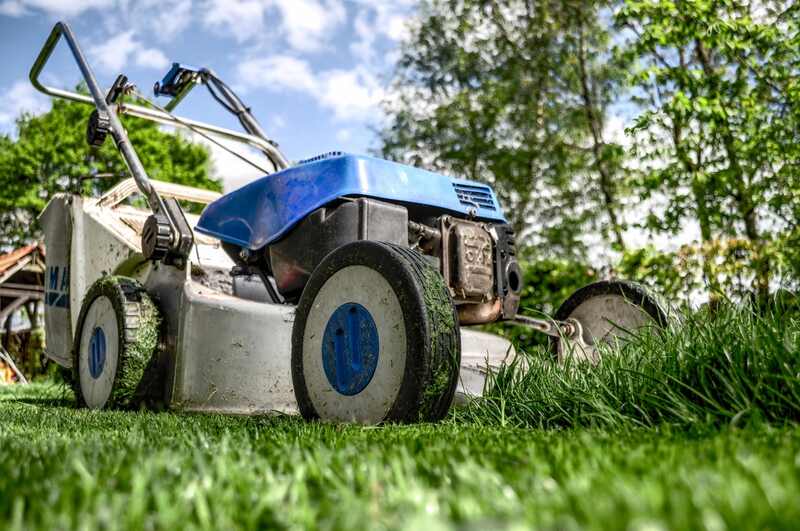
Mow high during droughts, as higher grass develops stronger roots and shades the soil to help it retain moisture.
The optimal mowing height varies with the grass type being cut. The recommended summer mowing height for most grass types in Dallas is 4 inches, or roughly 1/2 inch higher than normal. In addition, make sure that you mow the grass regularly enough so that you never remove more than one-third of the length of the grass blades.
6. Keep Mower Blades Sharp
The sharpness of your mower blades is critical year-round but becomes especially crucial in the summertime. Mowing the grass with a dull lawn mower blade will only add to the stress on the grass. Dull blades tear the grass instead of cutting it, which leaves the grass vulnerable to pests and diseases.
7. Fertilization
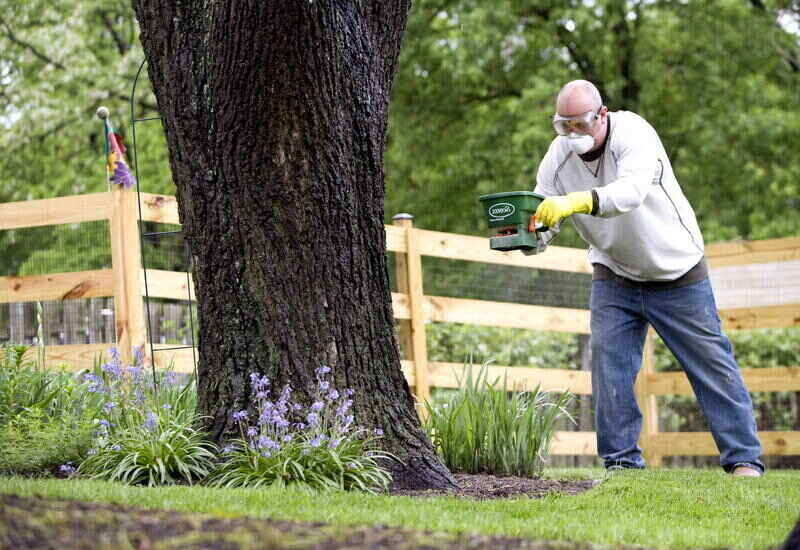
Fertilizer aids growth, but an overabundance can be harmful to your garden. Texas summers are notoriously hot and dry, which can cause the grass to become dormant. Throughout the summer, when the risk of nitrogen burn is at its highest, it’s best not to fertilize your lawn at all.
Instead, fertilize in spring to prepare for the heat of summer and in fall to prepare for the cold of winter.
8. Perform Pest Control
Plenty of pests hide from the heat of the Texas sun, seeking shaded areas under decks and logs. Unfortunately, white grubs, chinch bugs, and fire ants are notoriously sun-loving Dallas landscape pests that can wreak havoc on your warm-season turfgrass. For help with these summer nuisances, reach out to a lawn pest professional near you.
9. Shade and Mulch
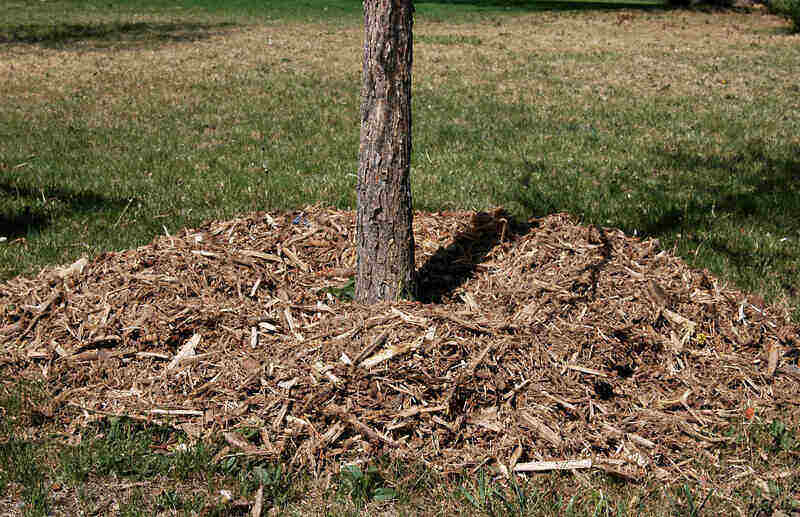
During the hot summer months, keeping the soil cool can help it retain moisture. You may achieve this in a couple of different ways, the first being to plant tall shrubs and trees on your property to create shade from the intense Texas sun.
Keeping mulch on your lawn will protect it from the sun and reduce water loss due to evaporation. Leave grass clippings on the lawn instead of bagging them to add natural mulch.
FAQ About Summer Lawn Care in Dallas
Landscapes only require approximately an inch of water every 5 to 10 days, even in the hottest summer. The shallow roots promoted by overwatering a landscape make it more vulnerable to heat, cold, pests, diseases, and future drought conditions.
Less water will be lost to evaporation if you water your lawn in the early morning or late at night when breezes are calmer and temperatures are lower. Morning is better, as leaving the lawn wet overnight can invite pests and diseases.
Mulch should be replaced yearly in the spring after the last frost in preparation for the hotter months.
The best time to water with a sprinkler system is between 5 and 10 in the morning. It is usually preferable to water deeply and completely rather than more often when growing strong, healthy roots.
When growing grass from seed, homeowners should water it more often if the weather is hot and dry. The first two inches of soil should be kept moist before the seedlings emerge. Afterward, you can water less frequently to stimulate the grass’s root system to expand deeper into the ground.
Final Thoughts
Follow the guidelines above to ensure your lawn survives the Dallas summer heat. Need help reviving a dried-up lawn this summer? Reach out to a lawn care pro in Dallas who can take care of the lawn for you.
Main Image Credit: Pxhere


